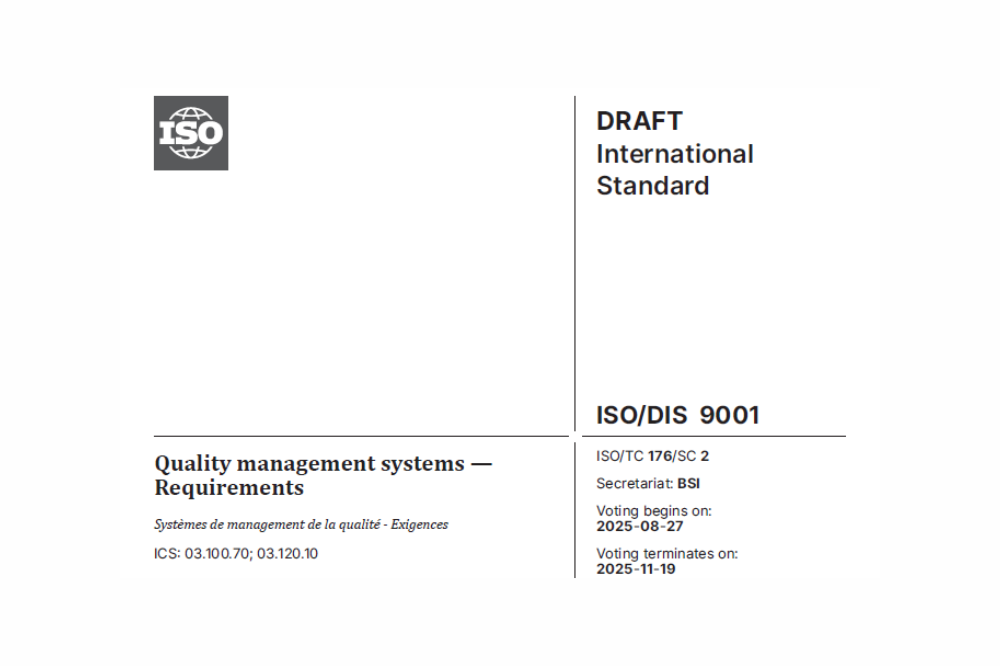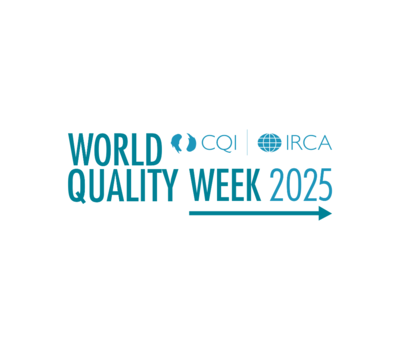Is Your Organization Tariff-Proof?: Using Risk-Based Thinking to Navigate Unknowns

Tariffs are the latest external issue impacting organizations. With the uncertainty regarding their direction and impact, tariffs pose an unknown risk, a risk that could disrupt supply chains and increase costs. Are you prepared? How do you prepare for future risks? Risk-based thinking provides a framework for addressing the impacts of risks such as tariffs.
Understanding Risk-Based Thinking
What do we mean by risk-based thinking? ISO9000:2015 defines risk as the “effect of uncertainty”. Risk-based thinking was added throughout ISO9001:2015 as a requirement, integrating it throughout the quality management system. It starts in the planning stage by understanding the context and goals of an organization and identifying internal and external risks. But it doesn’t stop there. Risk-based thinking should be incorporated in all processes of an organization to identify risks throughout the quality management system both initially and over time. Any identified risks are analyzed to determine what, if any, action is needed to mitigate the risk. This is a shift to a more proactive approach to addressing potential issues before they occur.
Using Risk-Based Thinking
Risk-based thinking has three basic steps (more depending on how you break them down, but for simplicity let’s go with three).
- Identify Risks
Risks may be identified up front during the planning stage, or they could surface over time, such as the situation with tariffs. The important part is the risk-based thinking. It’s having a mind-set to actively consider what factors create potential risks. By identifying potential risks, you have the opportunity to proactively address those risks.
- Analyze Risks
- Once a risk has been identified, analyze it and decide what to do about it. The action depends on the individual risk and will be influenced by factors such as:
- How likely is it to occur?
- How severe is the impact?
- What will it take to address the risk?
- Not all risks require the same level of response, so it’s important to honestly review the risks based on the factors that are important to your organization.
- Mitigate Risks
Based on the analysis, develop and implement an action plan. Keep in mind that not all risks will warrant an action plan. Others may be severe enough to require immediate and complete elimination. Most risks will fall somewhere in between. The point is to determine the appropriate actions and timeline needed to reduce the risk to an acceptable level.
Applying Risk-Based Thinking to Tariffs
So how does this apply in the current tariff situation? Let’s start with the three steps. Here are some potential questions to get you started:
- Identify Risks:
- What are the risks to your organization due to anticipated tariff changes?
- Where are your suppliers located?
- What tariffs might apply to those countries?
- How critical are the materials or services from those suppliers?
- How might tariffs impact your costs or supply chain?
- Analyze Risks:
- How likely are your suppliers’ countries to negotiate more favorable tariffs?
- Are there other suppliers that could lower the tariff risk?
- How involved is the process to change suppliers?
- Can current suppliers in other locations meet your needs with less risk?
- Mitigate Risks:
- What is the risk tolerance of your organization or industry?
- What level of action is needed?
- How quickly is action needed?
Moving Forward in an Uncertain Landscape
Following these steps will bring clarity to the risks your organization is facing. With that clarity, you’ll be better prepared to determine appropriate actions to mitigate the impacts from those risks. Risk-based thinking allows you to prepare for the impact of tariffs or whatever other risks come your way.



